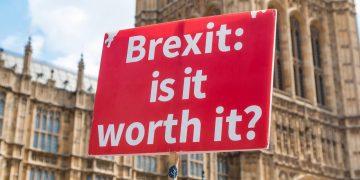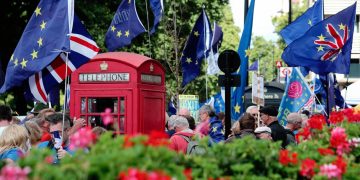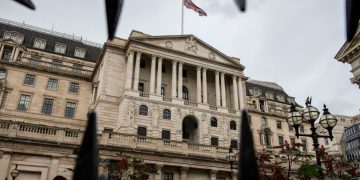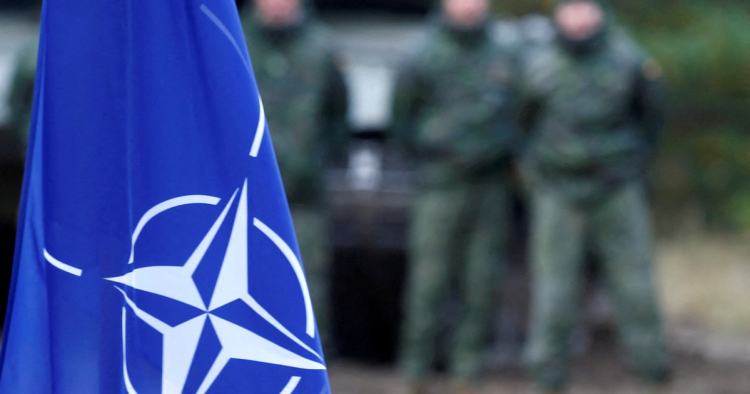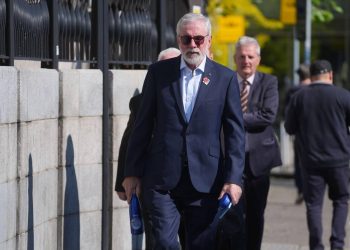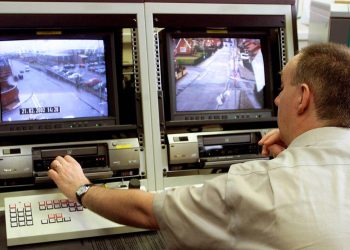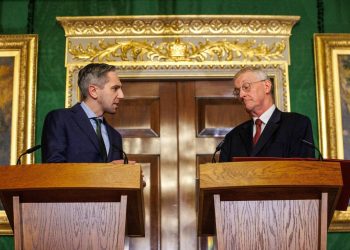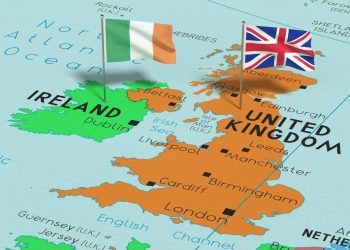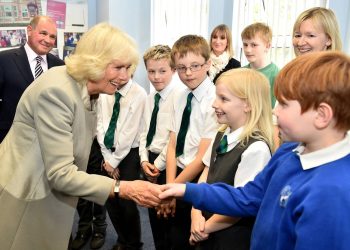What effect has NATO’s eastward expansion had on the Ukraine-Russia war?
What was the reason for the establishment of NATO?
What was the reason for NATO reconsidering its identity and goals after the Cold War?
What is Russia’s red line on NATO?
Why is Russia worried about NATO expansionism and its efforts to join its neighbours like Ukraine?
After the defeat of Nazi Germany in World War II and the beginning of the Cold War, European and American countries, sensing the danger of the spread of communism in the world, especially in Europe, established a security organization that has survived to this day. In recent years, Russia has openly stated that it will not tolerate the presence of Western troops on its borders, considering it a threat to its national security.
Establishment of NATO in response to Soviet expansionism
The North Atlantic Treaty Organization (NATO) is an organization founded in 1949. Initially, in response to the former Soviet expansionist demands in Eastern and Central Europe in March 1948, five countries – the UK, France, Belgium, the Netherlands and Luxembourg – formed the Collective Defense Union by signing the Brussels Treaty. They then invited Denmark, Iceland, Italy, Norway and Portugal to join the process. Two months later, with Canada and the US joining, the North Atlantic Treaty Organization was signed in Washington on April 4, 1949, and NATO was formed. The heart of NATO Article 5 is that the signatory states have agreed to consider and oppose a military strike against one or more member states in Europe or North America as an attack on all member states.
NATO identity crisis after the Cold War
After the collapse of the Soviet Union, NATO faced an identity crisis. Still, following severe changes in the international system, NATO was continuously reform and adaptation, seeking new ways to magnify and counter threats.
With the end of the Cold War, analysts believed that despite the collapse of the Soviet Union, threats to European security had not disappeared, but that Europe was facing new threats. Hazards such as instability in Eastern Europe, especially ethnic conflicts in the Balkans, weapons of mass destruction and chemical weapons, terrorism, civilian threats such as environmental pollution, human rights, drugs, the emergence of hegemonic powers such as China, and fears of a resurgence Russia. The above were new threats that were more widespread than in the past and had a high quantitative and qualitative diversity; Therefore, changes in the nature and quality of threats necessitated appropriate reforms to respond to these threats.
NATO review of its goals and identity
In this regard, from the beginning of the 1990s, NATO redefined and revised its components in the areas of nature, purpose, structure and function. What became essential in this process was the expansion of NATO into Eastern Europe during the decline of Russian power under Boris Yeltsin. The issue of NATO’s addition to the East and necessitating a progressive and aggressive policy also targeted a wider geographical area than Eastern Europe in Asia, such as Central Asia, the Caucasus, and the Middle East.
Putin redesigned Russia’s foreign policy.
With the rise to power of Vladimir Putin as President of Russia in December 2000, the country’s foreign policy gradually changed dramatically. With a pathological view of Russia’s foreign policy bottlenecks during the 1990s, he redesigned the approach into three instruments: foreign policy, national security, and military doctrine. Putin’s Russian policy on the issue of NATO expansion to the East owes much to Putin’s pragmatic policy on global developments, and he sought to rebuild his country’s relations with NATO through a pragmatic approach. Russia’s practical policy toward NATO, which culminated in the aftermath of the September 11, 2001, terrorist attacks and introduced Russia as part of European culture, was well received by members of NATO.
Russia’s response to NATO expansionism
However, the membership of the three republics of Poland, Hungary and the Czech Republic in NATO, followed by the entry of seven other Eastern European republics, Slovakia, Slovenia, Estonia, Latvia, Lithuania, Romania and Bulgaria, into NATO, led to a new convergence in Moscow-Brussels relations. In a meeting with George W. Bush in St. Petersburg on the expansion of NATO’s second generation, the Big Bang, Putin said that Russia did not see NATO expansion as necessary. There will be no deep relationship between us and the countries of Eastern Europe. Since then, Western expansionism on Russia’s borders has met with a backlash from Russia. US and European efforts to grant NATO membership to Ukraine and Georgia have met with a negative response from Moscow.
Ukraine’s efforts to join the EU
In the second half of February 2014, following a Colour revolution, President-elect Viktor Yanukovych resigned, and Western-leaning Viktor Yushchenko came to power. Yulia Tymoshenko, who played an essential role during the Colour Revolution, was introduced to parliament as prime minister to lead her country to join the EU and NATO. In response, Russia formally deployed troops to Ukraine to protect Russian citizens.
Following the Crimean crisis on March 16, 2014, a referendum was held by the Crimean people to join Russia. 81% of eligible voters cast ballots, and 95.5% voted to separate the peninsula from Ukraine and annexe it to Russia. Russia’s move to annex the Crimean Peninsula showed that Russia was serious about preventing Western intrusion into its European borders.
NATO advance eastward war agent in Ukraine
After eight years and the imposition of numerous Western sanctions against Russia, the crisis in Ukraine continues. Russia’s most important red line is NATO’s advance to the east. Russia has also called for a halt to NATO military operations in Eastern Europe, meaning a military withdrawal from parts of Poland and the Baltic states, Lithuania, Latvia and Estonia, and a moratorium on missiles in countries such as Poland and Romania. Despite Russia’s concerns, NATO emphasizes arms support to Ukraine and says the Western NATO military alliance is defensive. NATO Secretary-General Jens Stoltenberg has said that any NAT0 support for Ukraine is within this framework. Although Russia strongly opposes Ukraine’s accession to NATO, Ukrainian President Volodymyr Zelenskyy is pursuing a clear timetable for joining NATO.
There is still no clear vision for the future of the Ukrainian crisis. Moscow does not renounce its support for the Russians in Luhansk, Donetsk and the Donbas region and considers Crimea an integral part of its country. The US and the EU also support the Kyiv government and the scenario of Ukraine joining NAT0 on the agenda.

